Crop Rotation in a 3 or 4-year cycle is highly beneficial for reducing diseases and pests by preventing them from establishing in the soil for the next season.
Sometimes not all your crops will do well in a season due to human error, weather, or lack of soil amendments, which then opens the window for pests and disease. By rotating your crops you’re helping each crop family from being affected by these diseases and crops that reduces your yield.
If this is your first garden you can get away with not worrying too much about crop rotation. However, once you’ve had at least one gardening season you need to be mindful of what crops you’re growing in each of your garden beds.
There are a couple of different options for how you practice crop rotation, either by family or nutrient demand.
*EDITED* Many people have asked me for a pdf file of the crop rotation chart and plant family chart. I’m happy to now offer it in my ABC’s of Home Gardening Guide as a printable.
Use nutrient demand for crop rotation:
All plants need the following
- P= Phosphorus
- N= Nitrogen
- K= Potassium
Different crops need more or less NPK depending on whether or not they are a fruiting crop or leafy crop. Some crops are soil boosters and make fantastic pre crops before the nutrient hungry crops.
- Soil Boosters: Dry/soup beans, snap beans, peas, fava beans, soya beans, cowpeas. Restores N.
- Brassicas & Leafy Veggies: Cauliflower, kale, cabbage, broccoli, kohl rabi, brussel sprouts, collards, swiss chard, spinach, lettuce, mescluns, mustards, arugula, endive & other greens. Uses lots of N.
- Fruiting Crops: Tomatoes, peppers, eggplant, zucchini/summer squash, melons, winter squash, gourds, cucumbers. Need lots of P & K and some N.
- Root Crops: Carrots, radishes, parsnips, rutabaga, turnips, beets.
- Less N & more P.
You can draw out your garden beds with each garden bed number and what crop families you can grow in each based on last years crop rotation.
How to Practice Crop Rotation with Plant Families
I personally grow different plant families in the same group, such as the brassicas & alliums for companion planting. Because I grow a lot of polyculture gardens, I often end up with a mix of plant families together. Leafy greens I plant everywhere in the garden with interplanting and underplanting to make great use of garden space.
This means that you can practice crop rotation with ‘groups’ of families that work well together.
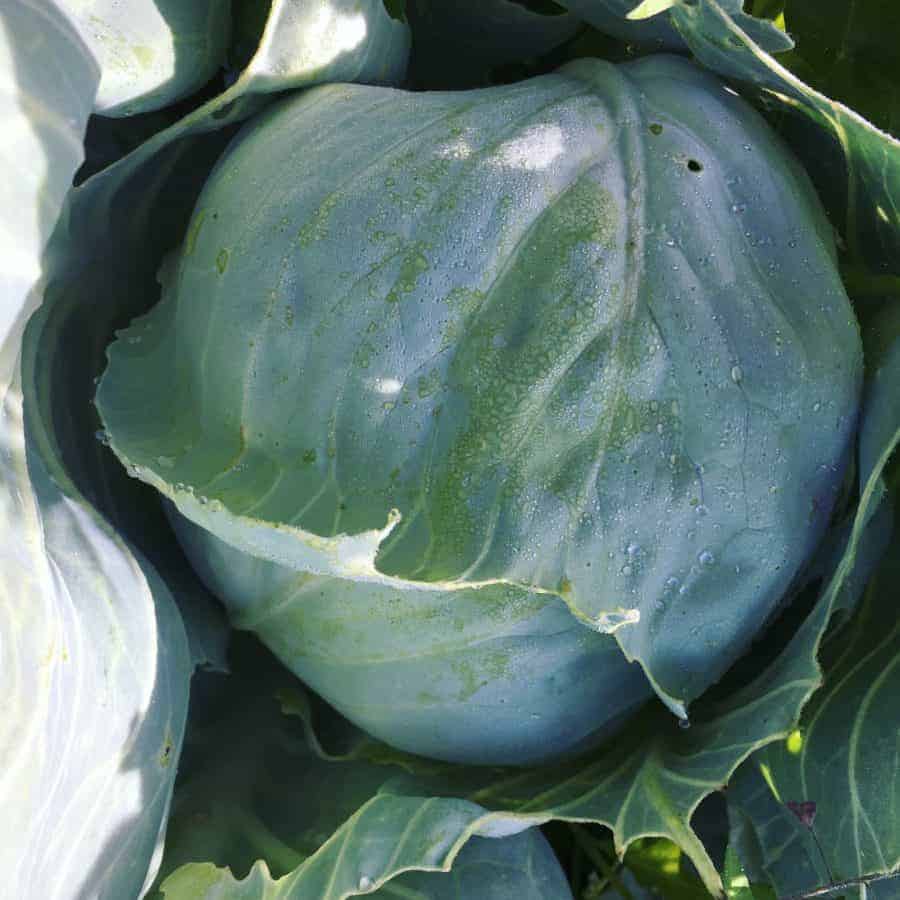
Here’s a visual guide using the plant families
Some Crop Rotation Info from Fix
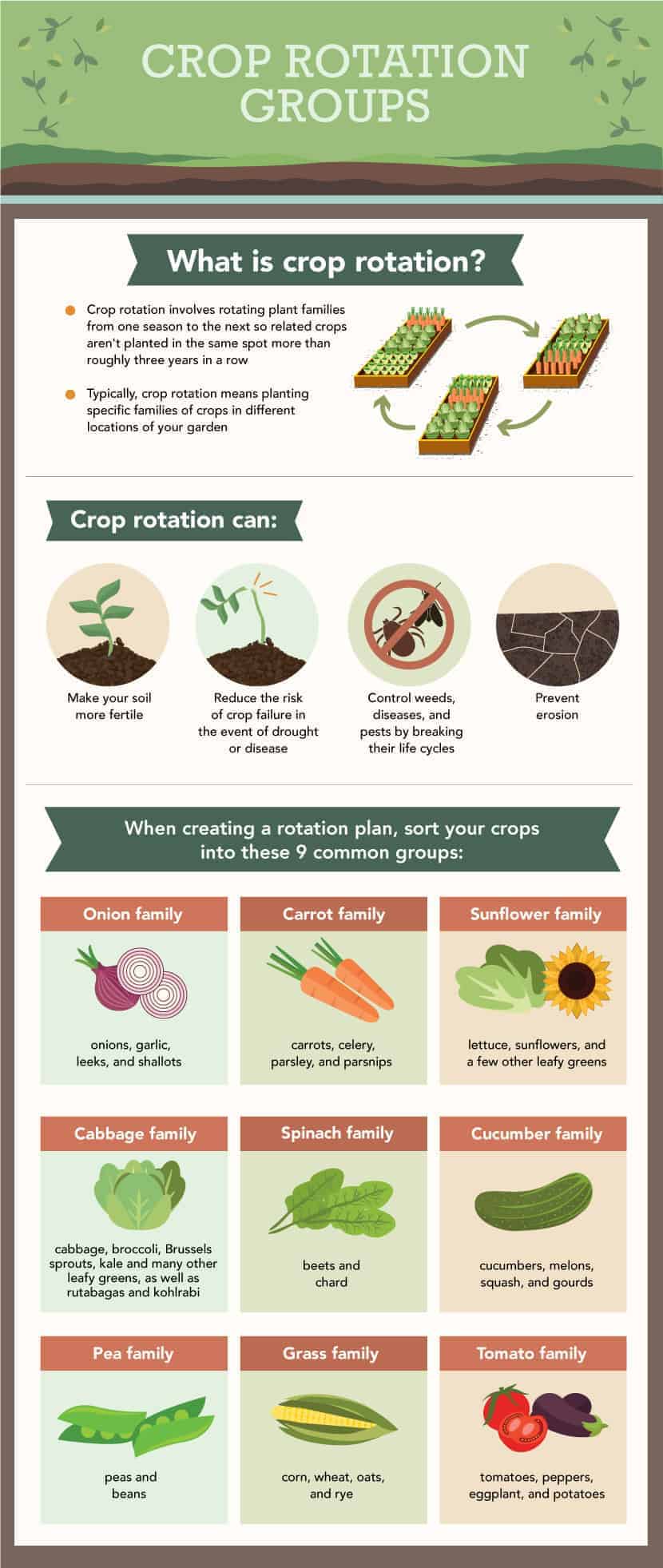

Source: Fix.com Blog
Hungry for more garden planning?
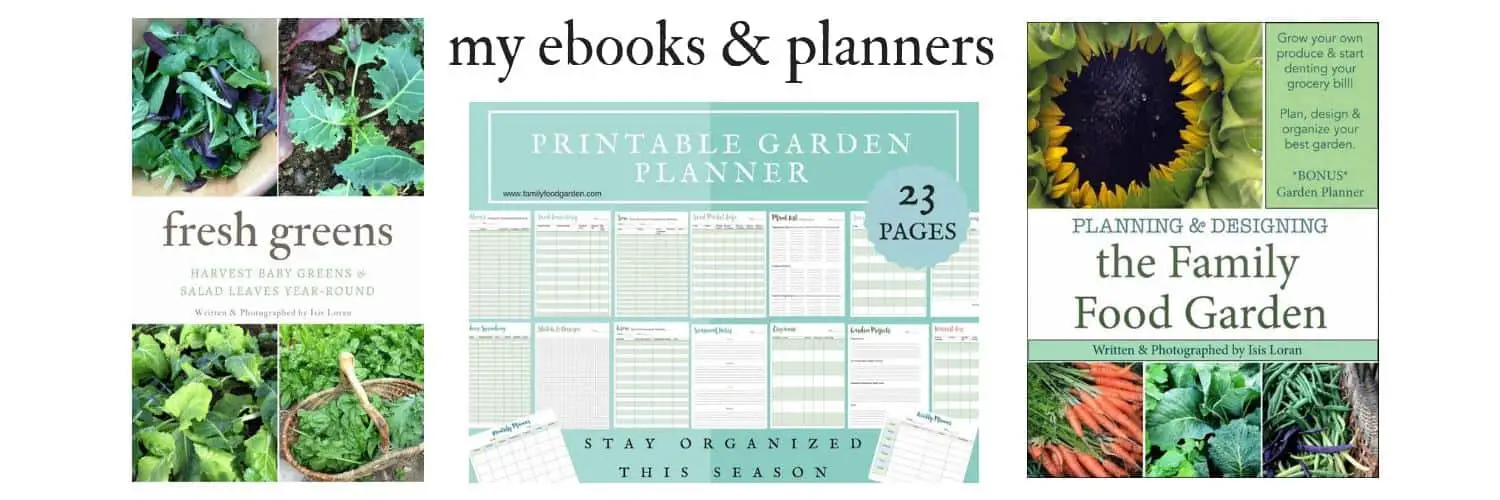
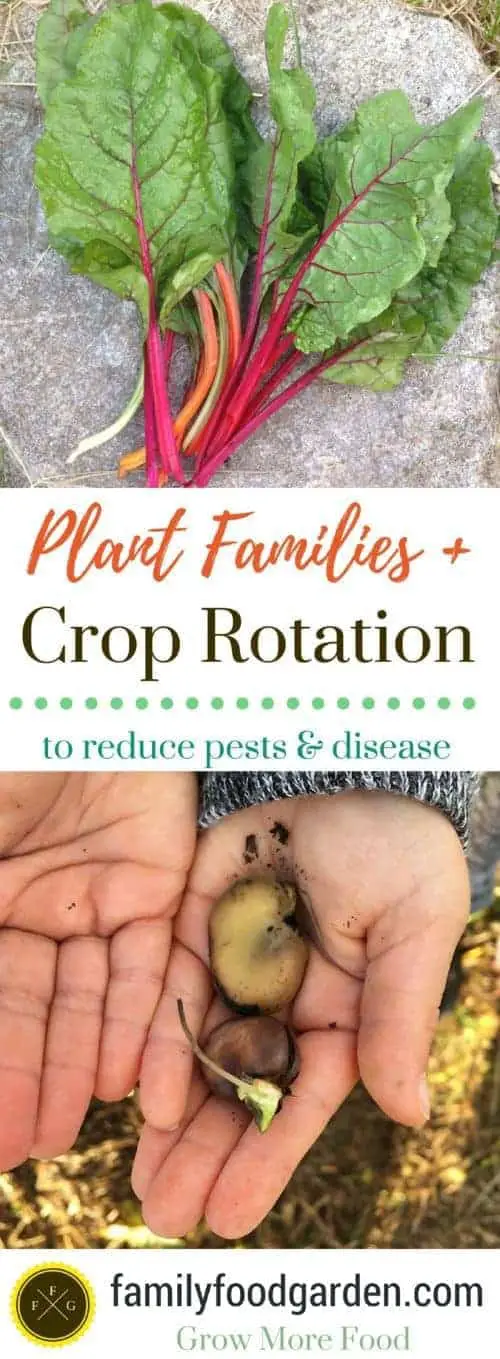
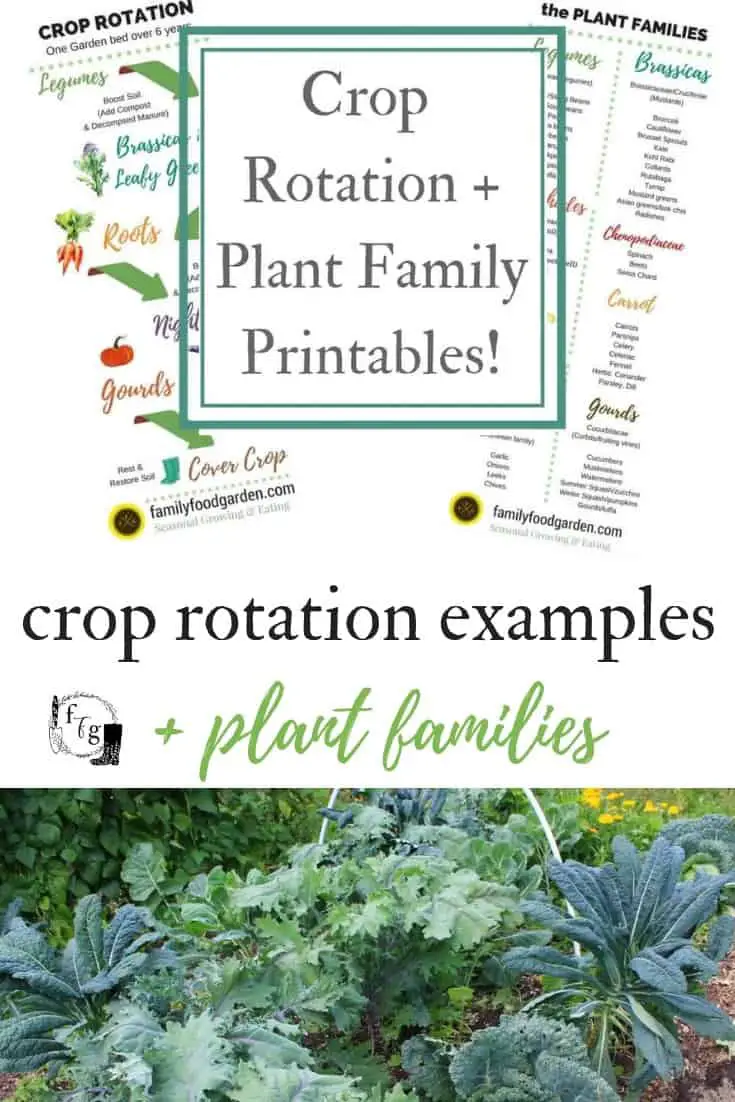

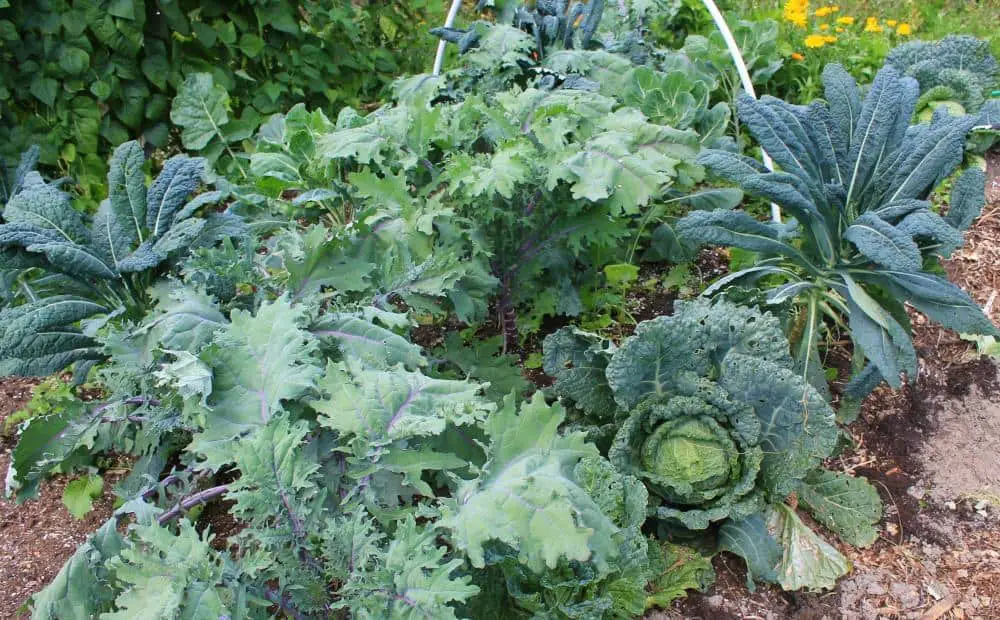
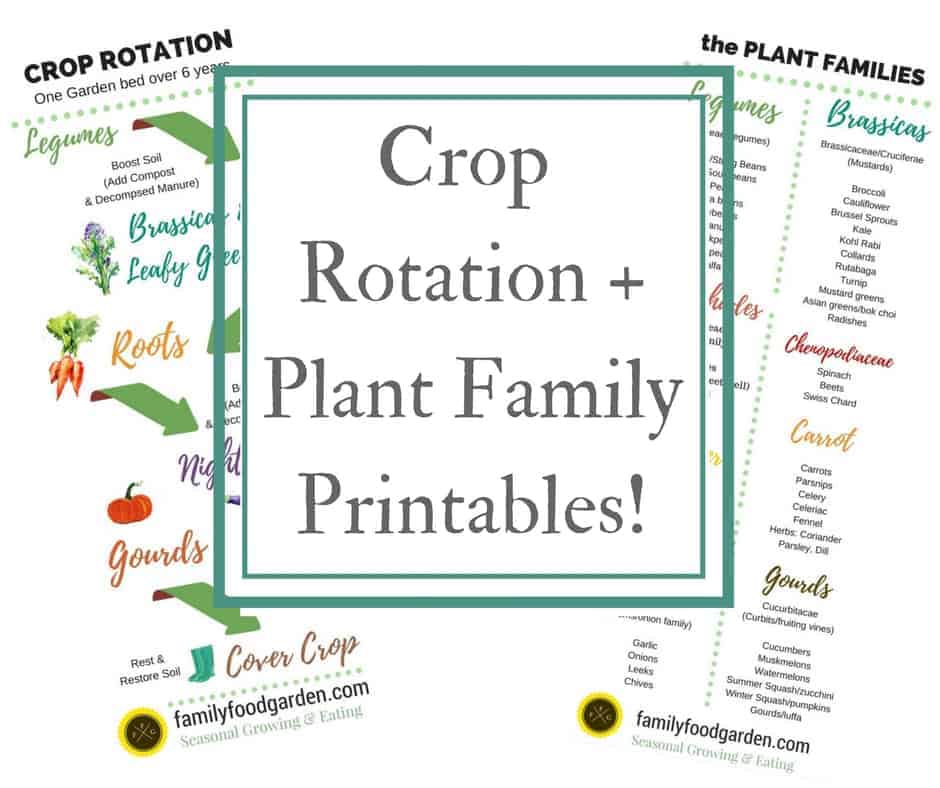



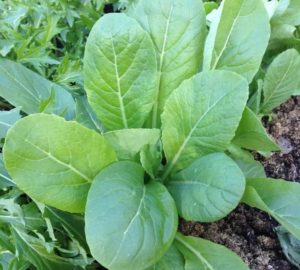
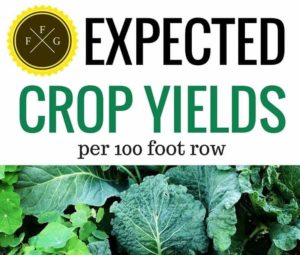
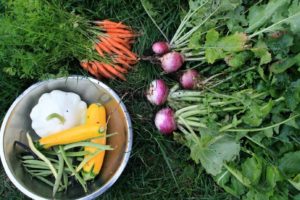

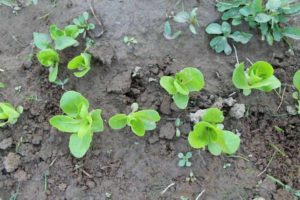
Hi Isis, I’m fairly new to gardening and I have 2 garden beds. One is 4 x 4 and the other is 4 x 6. If you plant multiple crop families in the same bed, can you still practice good crop rotation season to season? Or would it be better to use soil amendments to boost nutrients and keep pests away?
In general the healthier the plants and soil the better they can fight pests and disease and companion planting with herbs or flowers can help too. A lot of people plant crops from multiple families in the same bed; gardening techniques like square foot gardening is an example where you;d rotate each little square instead of whole beds. If you do notice a pest or disease build up it is best to avoid planting crops that will be affected for 3 years. I hope that helps a little!
Hi Isis,
How would this work for succession planting? For example, I’m planning on field peas as a cover crop first thing in the spring, followed by carrots, celery, nasturtiums, and basil for the summer, followed by broccoli and cabbage for the fall, all in one bed. My garden is small and I only have two 4×6 beds right now. My other bed will also have multiple families throughout the year. I do plan on adding compost between each planting and growing at least one cover crop per bed.
If you don’t have many beds my suggestion is companion planting to deter pests and be vigilant on making sure disease and pests aren’t present. The main reason (other than nutrient demand) is to crop rotate to reduce pests and disease. If you do have disease or pests that got severe, it might be better to grow other crop families for a couple of years. The cover crop is great for restoring nutrients! Great job building up your soil
Thank you! I am planning on planting a lot of flowers and herbs around the garden to draw beneficial insects. I have to look into companion planting in the beds a little more. The only real pests we had last year were the 4 legged kind, especially mice and bunnies and the neighborhood cats who came to eat them (and relieve themselves in my garden – ugh). Hopefully a fence will help that this year. I did have a small problem with cucumber beetles and a big problem with bacterial wilt after so I’m planning on putting my cucumbers in the other bed this year and being more diligent about handpicking!